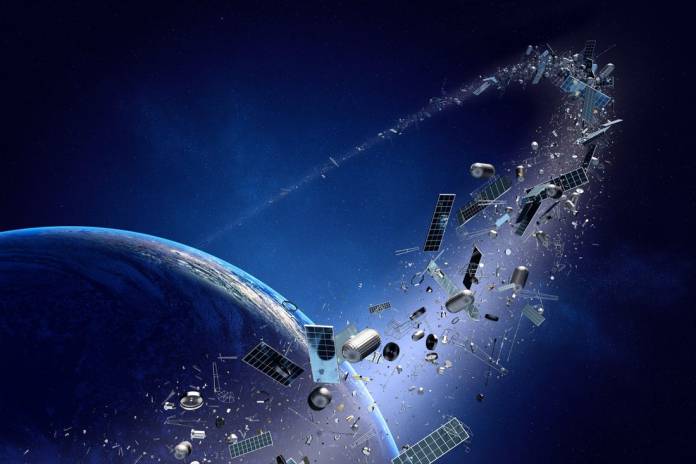As its horizons expand and starts to consider space assignments with extended length, sustainability necessitates the launching of space vehicles, increasing the chance of collision with space debris. 1 method of clearing this debris entails a tug vehicle dragging it to a safe region.
Space assignments happen in an environment populated by about 3,600 man-made satellites, of which below a third are operational, as the authors point out. The non-operational units are susceptible to projection, explosions and fragmentation further Assessing the region round the Earth–notably at Low-Earth Orbit (LEO). A collision that is botched could not lead to the production, but also irreparable damage. This makes electrical operations to clear this debris desirable, but dangerous.
The duo analyzed the usage of propulsion techniques to control both the items’ relative velocities and places within a rendezvous move. Such operations require that the debris and vehicle possess relative position and velocities . Examining the parameters of these operations through the solutions of a multivariable tensor equation, p Jesus and Santos found that encounter maneuvers of a space-debris towing vehicle can be implemented in minimal time and having a simultaneity that originates from bringing the pace and relative closing positions of the 2 items to zero in precisely the exact identical instant.
The connection between objects from space can, naturally, be implemented in more scenarios than simply the changing of space debris. Connecting vehicles may become a vital part of the growth of a space assignment.
– Advertisement –
